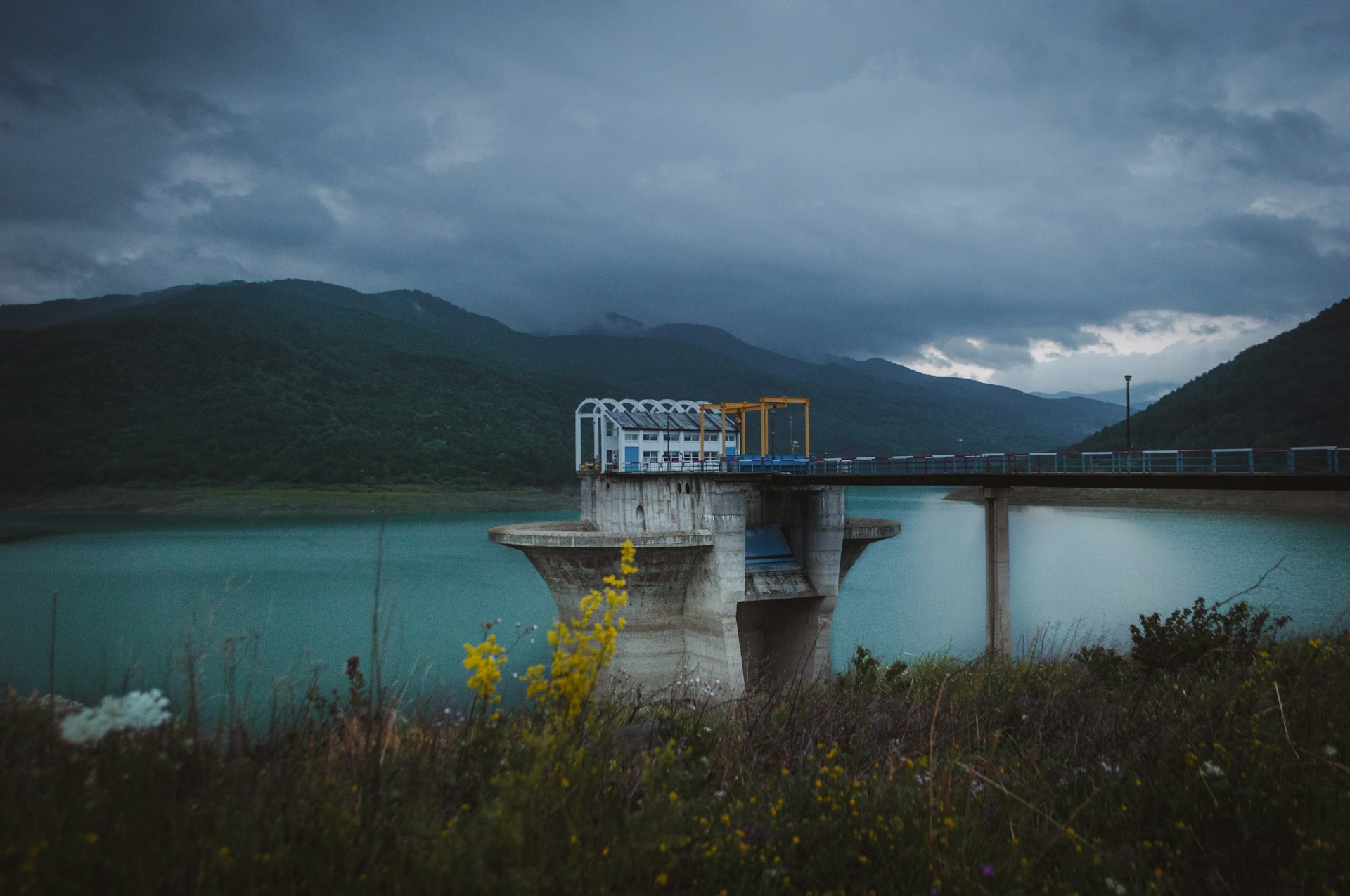
Modern urban expansion is no longer limited to land. Increasingly, underwater construction innovations are leading the way toward a revolution in how we approach coastal development.
From sustainable infrastructure to advances in technology, these projects are shaping the future of our coastlines. But how do engineers accomplish such feats beneath the water’s surface?
This blog will explore how underwater construction is transforming coastal development, the technologies driving these changes, and what the future holds for building beneath the waves.
We’ll also discuss how techniques like bathymetric surveys inform these groundbreaking projects and their impact on sustainability. By the end of this article, you’ll understand both the challenges and the opportunities that come with underwater construction.
The Foundations of Underwater Engineering
Underwater construction requires a combination of precision, advanced techniques, and meticulous planning. Whether it’s creating ports, bridges, or even artificial islands, addressing the natural complexities of submerged environments is the first step.
The Vital Role of Bathymetric Surveys
One of the pivotal advancements in underwater construction is the use of bathymetric surveys. These are detailed measurements of underwater topography, mapping the seabed to understand depth variations and potential obstacles.
Bathymetric surveys are essential for determining whether a site can safely support construction. For example, before building an offshore wind farm or a submerged tunnel, engineers need accurate data on the underwater landscape.
This ensures projects are built in suitable locations with minimal environmental impact. Tools like multibeam sonar and GPS systems have made these surveys more precise and accessible, allowing engineers to make informed decisions about where and how to build.
Challenges Beneath the Surface
Underwater construction faces unique challenges compared to land-based projects. These include pressure changes, limited visibility, and marine currents. Each of these factors requires specialized equipment and techniques.
Engineers use advanced sealing systems, concrete mixes designed for water environments, and machinery capable of operating remotely in conditions that humans cannot endure.
The complexity of these challenges often delays projects—but solving these challenges is key to unlocking new possibilities.
Revolutionizing Urban Development with Subsea Structures
This surge in underwater activity isn’t random. It is influenced by the exponential growth of coastal populations and increasing demand for sustainable urban spaces. With land scarcity in coastal areas, cities are turning to the sea for solutions.
Multifunctional Offshore Structures
Innovations in underwater construction are giving rise to offshore structures that serve multiple purposes. Take floating infrastructure, for instance. From research stations to residential complexes, floating islands are becoming a symbol of sustainable innovation.
These structures frequently incorporate renewable energy sources like solar panels or tide-powered systems into their design. This means they are functional and environmentally friendly—a vital aspect of future coastal development.
Protecting Against Rising Sea Levels
Crucially, underwater construction projects play a vital role in mitigating the effects of climate change, particularly regarding storm surges and rising sea levels. Artificial reefs, underwater barriers, and floodgates are increasingly common defense strategies.
These constructions not only protect existing ecosystems but also help reduce the risk of coastal flooding. They act as natural shock absorbers while supporting marine biodiversity.
Cutting-edge Technologies Driving Innovation
Technology lies at the heart of modern underwater construction, providing solutions to age-old challenges. The last decade has introduced groundbreaking methods, making some previously unimaginable projects feasible.
Autonomous Underwater Vehicles (AUVs)
Unmanned technologies like autonomous underwater vehicles (AUVs) are revolutionizing construction. These vehicles can inspect sites, gather data for bathymetric surveys, and even deliver components in deep-sea environments where divers cannot operate.
Remote-controlled AUVs are especially useful for repair missions on existing underwater infrastructure. A damaged underwater pipeline, for example, can be assessed and patched without halting operations—a significant cost-saving measure for companies.
3D Printing Technology Underwater
Believe it or not, 3D printing has found its way under the sea. Specialized 3D printers can operate in underwater environments to craft custom parts for submerged structures.
This approach enhances efficiency and reduces project timelines because components can be made on-site rather than transported.
Additionally, 3D-printed materials can often be optimized for marine environments, ensuring longer durability against harsh underwater conditions.
Sustainability in Submerged Developments
Sustainability is no longer a luxury in construction—it’s a necessity. Underwater construction projects often intersect with fragile marine ecosystems, making environmental responsibility crucial. Thankfully, modern practices aim to reduce ecological footprints during development.
Biodiversity-Focused Designs
Many underwater structures are designed to enhance marine biodiversity. Artificial reefs, for instance, promote coral growth and provide habitats for marine life.
By mimicking natural underwater environments, construction projects can coexist with—and even improve—the ecosystems they touch.
Cleaner Materials and Greener Approaches
Eco-friendly materials are becoming the new norm in underwater construction. Non-toxic materials and biodegradable components help protect aquatic habitats.
Engineers are also finding green ways to handle waste generated during construction, ensuring minimal pollution to surrounding waters.
Economic Implications and Opportunities
The increasing demand for underwater construction is creating a ripple effect across multiple industries. Maritime engineering, design, and manufacturing firms all reap benefits from this booming sector.
Additionally, underwater development opens up new markets, particularly in luxury tourism and real estate. For example, the rise of underwater hotels provides not only novel travel experiences but also opportunities for sustainable commercial enterprises.
While the economic potential of underwater construction is immense, balancing profitability with environmental responsibility remains the ultimate challenge.
Companies investing in technologies for coastal development must ensure their projects benefit both people and the planet.
What the Future Holds
The future of coastal regions lies beneath the surface. Underwater construction is evolving rapidly, promising bold new possibilities.
From undersea data centers by tech giants like Microsoft to submerged highways connecting continents, envisioning a world where humans and oceans coexist has never felt more achievable.
With the ongoing integration of advanced technologies—such as AI-enhanced bathymetric surveys—future projects are only limited by our imagination.
Going forward, underwater construction is likely to become an indispensable tool for global urbanization and sustainability efforts alike.
Explore the Depths of Innovation
Underwater construction is reshaping not just coastal areas, but also the way humans interact with the ocean. By combining cutting-edge technology, sustainability practices, and innovative design, these projects are defining the future of urban development.
If you’re interested in staying ahead in the construction or engineering fields, understanding these trends is essential. The next wave of innovation in building might just be beneath the surface. Begin exploring what the future holds for underwater development today.




